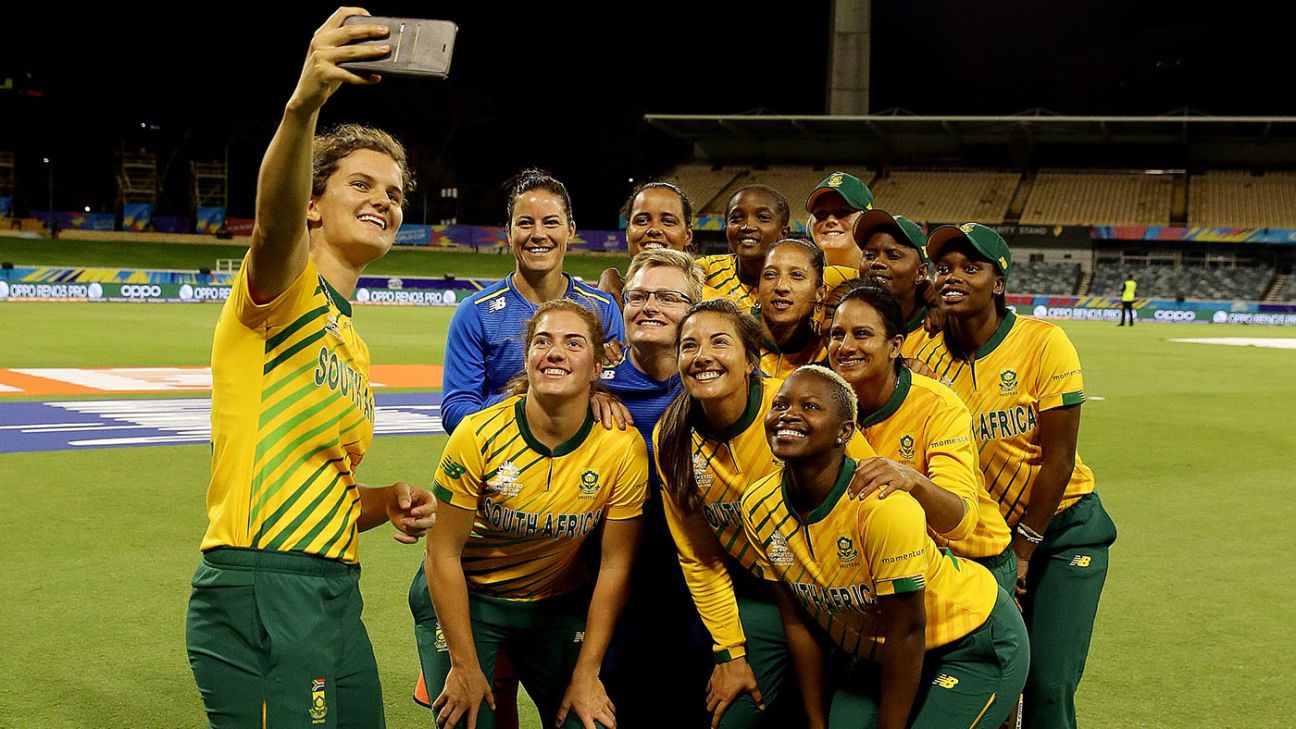
Cricket South Africa has exceeded its annual transformation target for the 2018-19 season though both the men's and women's national teams fell slightly short of their self-assigned percentages for generic black representation. This data was published in the latest Eminent Persons Group (EPG) report, which assesses the level of transformation across South Africa's sporting codes. CSA has improved on its performance each year since 2016, when it was officially sanctioned by the sports ministry for failing to meet targets.
The process of transformation, aimed at addressing the legacy of Apartheid and colonialism in South Africa, is applied across a broad range of sectors in the country and measures the number of people of colour (called generic black) and the number of black Africans represented. CSA has set a target that the national teams must, on average over the course of a season, field six generic black players of which at least two must be black African. At domestic level, the target is applied per match and teams are required to field six generic black players of which at least three must be black African.
Out of 374 playing opportunities in the South Africa men's team in the year 2018, 87 went to black African players and 106 to players of colour. Of the 352 playing opportunities in the women's team, 85 went to black Africans and 78 to players of colour. The single biggest represented race group was white, with 181 and 189 playing opportunities for the men's and women's team respectively. While both the men's and women's teams exceeded their target for black Africans, they fell short for generic black players by 2%. There will no sanction imposed for that, especially in light of the other areas that CSA performed well in.
The report takes into account other cricket played under CSA's auspices and its operations, which includes the Under-19 teams, schools and club cricket, coaches, referees and umpires, and the high-performance structures and the demographics of the national teams' support staff and CSA's office administrators. CSA scored highly in all categories and also received praise for providing the EPG with consistent and reliable data. It is important to note that these numbers will have changed in the 2019-20 season, during which time CSA underwent major changes.
Despite CSA's strong progress, the EPG noted that cricket still faces challenges as it attempts to right historical wrongs, chiefly at school level where access to sport remains the domain of a privileged few. "The education system continues to reproduce inequalities through large differences in access to quality education that is linked to location and household income," the report states. "This impacts school sport in that participation opportunities are greatly reduced, thereby encouraging sports administrators to perpetuate and increase the existing gap between the 'haves' and the 'have nots' by focusing on the more 'privileged' segments of the structure."
CSA has therefore been encouraged to extend the existing transformation barometers, subject to review, to 2030.















 Phone: (800) 737. 6040
Phone: (800) 737. 6040 Fax: (800) 825 5558
Fax: (800) 825 5558 Website:
Website:  Email:
Email: 






